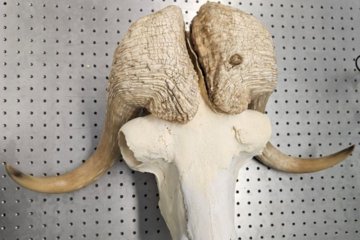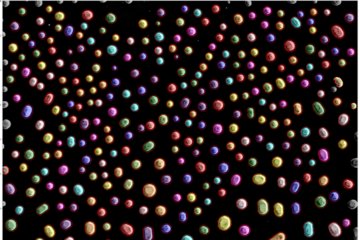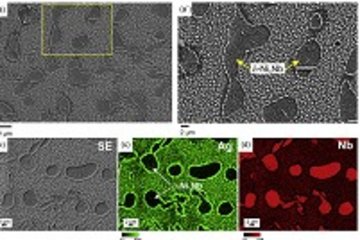All genres
21.
Journal Article
Reducing Iron Oxide with Ammonia: A Sustainable Path to Green Steel. Advanced Science 10 (16), 2300111 (2023)
22.
Journal Article
Hydrogen-induced hardening of a high-manganese twinning induced plasticity steel. Materialia 28, 101776 (2023)
23.
Journal Article
On the phase transformation pathway during localized grain boundary oxidation in an Fe-10 at% Cr alloy at 200°C. Corrosion Science 214, 111016 (2023)
24.
Journal Article
Understanding the protective ability of the native oxide on an Fe-13 at% Cr alloy at the atomic scale: A combined atom probe and electron microscopy study. Corrosion Science 211, 110848 (2023)
25.
Journal Article
Hydrogen-assisted decohesion associated with nanosized grain boundary κ-carbides in a high-Mn lightweight steel. Acta Materialia 241, 118392 (2022)
26.
Journal Article
Hydrogen-associated decohesion and localized plasticity in a high-Mn and high-Al two-phase lightweight steel. Acta Materialia 239, 118296 (2022)
27.
Journal Article
Machine learning–enabled high-entropy alloy discovery. Science 378 (6615), pp. 78 - 85 (2022)
28.
Journal Article
Stacking faults in a mechanically strong Al(Mg)–Al3Mg2 composite. Composites Part B: Engineering 245, 110211 (2022)
29.
Journal Article
Thermodynamics-guided alloy and process design for additive manufacturing. Nature Communications 13, 4361 (2022)
30.
Journal Article
Hierarchical nature of hydrogen-based direct reduction of iron oxides. Scripta Materialia 213, 114571 (2022)
31.
Journal Article
Effect of Nb micro-alloying on austenite nucleation and growth in a medium manganese steel during intercritical annealing. Acta Materialia 229, 117786 (2022)
32.
Journal Article
Strain hardening engineering via grain size control in laser powder-bed fusion. Materials Science and Engineering A: Structural Materials Properties Microstructure and Processing 838, 142773 (2022)
33.
Journal Article
Combinatorial development of multicomponent Invar alloys via rapid alloy prototyping. Materialia 21, 101326 (2022)
34.
Journal Article
The dual role of martensitic transformation in fatigue crack growth. Proceedings of the National Academy of Sciences of the United States of America 119 (9), e2110139119 (2022)
35.
Journal Article
Hydrogen trapping and embrittlement in high-strength Al-alloys. Nature 602, pp. 437 - 441 (2022)
36.
Journal Article
Hydrogen-assisted failure in Inconel 718 fabricated by laser powder bed fusion: The role of solidification substructure in the embrittlement. Scripta Materialia 207, 114308 (2022)
37.
Journal Article
A sustainable ultra-high strength Fe18Mn3Ti maraging steel through controlled solute segregation and α-Mn nanoprecipitation. Nature Communications 13 (1), 2330 (2022)
38.
Journal Article
Hydrogen-based direct reduction of iron oxide at 700°C: Heterogeneity at pellet and microstructure scales. International Journal of Minerals, Metallurgy and Materials 29 (10), pp. 1901 - 1907 (2022)
39.
Journal Article
Making sustainable aluminum by recycling scrap: The science of “dirty” alloys. Progress in Materials Science 128, 100947 (2022)
40.
Journal Article
Hydrogen/ Deuterium Detection in Ferrite-Austenite Dual Phase Steels. Microscopy and Microanalysis 28 (S1), pp. 1662 - 1663 (2022)











